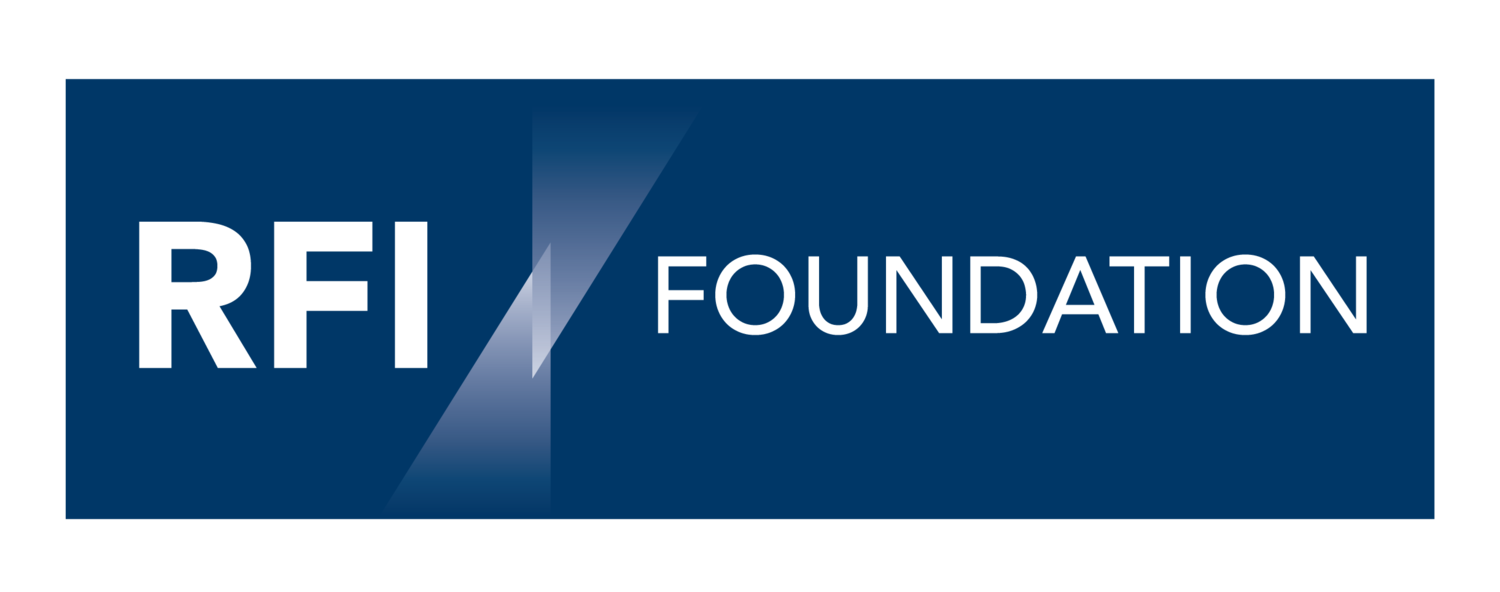Integrating ESG & Islamic Asset Management
By Blake Goud
Submit the form to download the shorter white paper (pictured), or the expanded version of the research:
Mohd Rasid, Mohamed Eskandar Shah, Mansor H. Ibrahim and Blake Goud. 2021. “Islamic - ESG Synergies and Performance,“ London: RFI Foundation
Summary
Islamic investing has significant complementary investment performance benefits with environmental, social and governance (ESG) integration
A simple overlay of best-in-class ESG on top of a Shari‘ah compliant universe isn‘t the most effective way to combine ESG and Shari‘ah screens in most markets, but we do find evidence for its effectiveness in Emerging Markets
Islamic screens bring a prudent investment approach that adds margin of error for lower ESG scoring investments that is helpful for investors pursuing engagement within their responsible investment approach
This white paper outlines the result of research where we investigated a series of pressing question as ESG integration becomes considered by Islamic asset managers. It also identified how Shari’ah screens based on faith-based criteria combining negative and positive screening techniques about business activities and companies’ use of debt could be valuable for other asset managers and asset owners as they integrate ESG considerations.
This white paper highlights our results from a six-factor asset pricing model drawn from our deeper analysis using several different measures of risk-adjusted returns and factor analysis using data from Refinitiv‘s EIKON database between 2001 and 2020. All of our analysis is conducted separately across four distinct geographical regions: Asia-Pacific, United States, Europe and Emerging Markets.
The main findings from our analysis is
There is not a systematic penalty for investors from employing Shari’ah screens,
Shari'ah screening can differentiate better performing lower ESG scored companies from otherwise similar but worse performing companies, and
Combining Shari’ah compliance with ESG doesn’t always produce the best returns simply by overlaying Shari’ah compliance screens over a best-in-class ESG screen.
Our results presented here are from a 6-factor model, are broken down into 10 categories of stocks for each region corresponding to different combinations of Shari’ah compliant / non-compliant and companies‘ ESG scores grouped into quartiles, as well as a separate group for companies with no ESG score. In addition to analysis of returns, we also identified which factor tilts were found for each ESG or Shari’ah compliance screen in each region (see next page).
We also extend our findings to include an analysis of the impact of Shari’ah compliance, ESG scores and further breakdown of the integration of ESG & Shari’ah screens on companies‘ return on assets, including to see if there is any differential impacts between higher environmental, social and governance scores.
We find that in Asia-Pacific and Emerging Markets, companies that met Shari’ah screens at all levels of ESG had higher return on assets. In Asia-Pacific, the gap compared to non-compliant companies was highest for lower ESG scoring companies. The return on assets were highest in companies with higher governance scores. In Emerging Markets, the gap was highest for higher ESG scoring companies. There was a similar increase based on each constituent of ESG but social score added slightly more than environment or governance scores.
Download the report
When you click “Download”, you will receive a copy of the report. If you clicked the box to subscribe to our email newsletter, you will be added to our mailing list. You can easily unsubscribe at any time using the unsubscribe link included with every newsletter. See our privacy policy for more information.
In the US, there was relatively little gap between return on assets of Shari’ah compliant and non-compliant companies at lower ESG scores, however non-compliant companies with higher ESG scores have higher return on assets than Shari'ah compliant companies. There was a relatively even balance in terms of improvement from higher E, S & G constituent scores. In Europe, the Shari’ah compliant companies showed the highest returns on assets only for the lowest 30% of companies by ESG score. Non-compliant companies had the highest outperformance where their environment sub-score was highest.
We expect that these results, as novel as they are, will spark more empirical and practical work to understand the links between responsible investment and Islamic investment. We have investigated some high-level questions and dove into issues about factor exposures and decomposing the impact of ESG sub-component scores but there is much more still to learn about how to combine Shari’ah screening and ESG integration and engagement, as well as what responsible investors can gain from a greater understanding of Islamic investment.
We suggest further research is warranted for these issues as a start:
How are the effects that we identify impacted by different sector compositions between Shari'ah compliant and high or low ESG scoring universes?
Are the results presented in our study robust when using different ESG data sources based on low correlations between different ESG scores?
What are the effects over time for investment in lower ESG scoring companies, and do investors benefit from a rise in these companies' ESG scores?

